Rigorous and innovative research into the ecology and population biology of marine mammals in New Zealand, with a strong conservation focus.
The coastal waters of New Zealand are home to a diverse range of marine mammal species, many of which are threatened by anthropogenic impacts. Our research group is dedicated to studying the ecology of these populations and applying this knowledge to conservation management. We use established and innovative research techniques, specialising in quantitative surveys of abundance and distribution, photo-ID, population modelling, acoustics and photogrammetry.
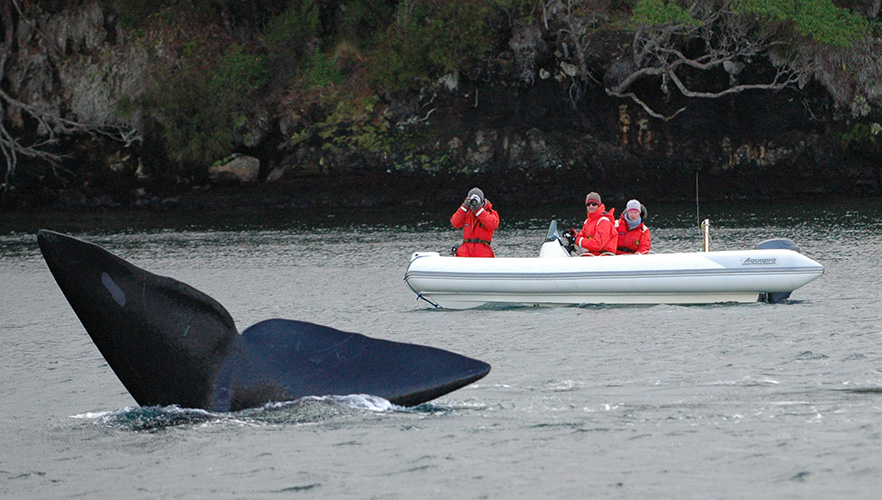
Researchers
- Professor Steve Dawson
- Professor Liz Slooten (Department of Zoology)
- Associate Professor Will Rayment
Publications for the above researchers can be found at the bottom of their academic profile page.
Research projects
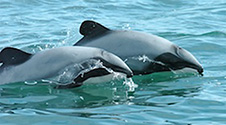 Conservation biology of Hector's dolphin
Conservation biology of Hector's dolphin
The endangered Hector's dolphin is found only in the coastal waters around New Zealand. Our long-term research programme (1984–present) has provided much of the information underpinning the current conservation measures for the species. Current fieldwork focuses on ongoing studies of survival rate, reproduction, understanding distribution and effects of tourism.
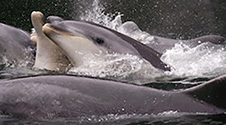 Ecology and conservation biology of Fiordland bottlenose dolphins
Ecology and conservation biology of Fiordland bottlenose dolphins
Fiordland provides a habitat for several unique populations of bottlenose dolphins at the limit of their southern range. We have an ongoing collaboration with the Department of Conservation to facilitate long-term monitoring of Doubtful and Dusky Sound populations. Current studies are focused on understanding the causes of recent declines and on quantifying effects of tourism.
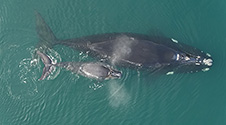 Recovery and recolonisation by southern right whales
Recovery and recolonisation by southern right whales
Southern right whales were driven to the brink of extinction in New Zealand by commercial whaling. We are monitoring their recovery by investigating population parameters in the Auckland Islands, using data on habitat preferences to predict potential overlap with anthropogenic impacts around the mainland, studying their vocalisations and acoustic habitat and quantifying body condition using aerial photogrammetry. (Photo credit: Steve Dawson)
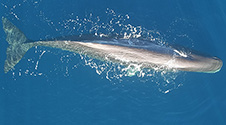 Population biology and acoustics of sperm whales
Population biology and acoustics of sperm whales
Kaikōura is one of the few places in the world where sperm whales can be studied within a few kilometres of the coast. We work in collaboration with Whale Watch Kaikōura and maintain a long-term photo-ID and acoustic study of sperm whales at Kaikōura, enabling insights into population biology, ecology and impacts of tourism.
Other projects
In addition to these long-term monitoring projects, we also conduct studies on other species and populations to address specific research questions. For example, ecology and conservation of Hector's dolphins in Otago and the Catlins, diversity and distribution of marine mammals associated with submarine canyons, population demographics of New Zealand sea lions.
Opportunities
We have the resources , scholarships , staff and opportunities you need to reach your goals. Please refer to each staff members profile for research and study options.